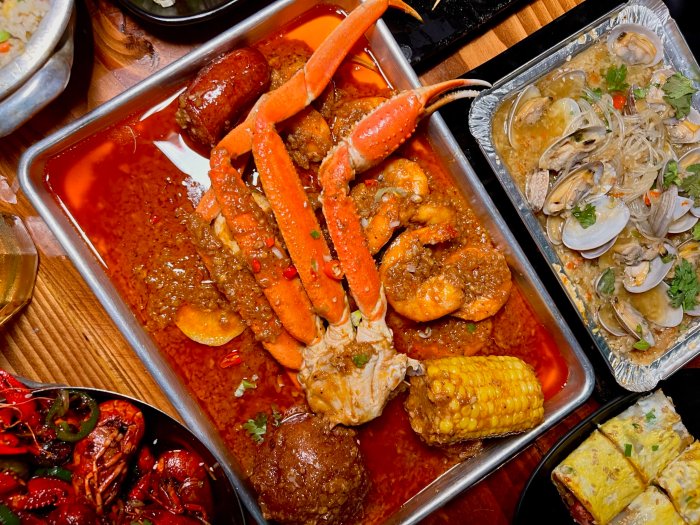By Joan Brown Wettingfeld
The memorial was placed there by the local Daughters of the American Revolution in 1935 to commemorate the president's visit to the Alley and his stop at a local tavern. The bronze plaque was erected at the side of East Alley Road (the Long Island Expressway service road). With the assistance of the Bayside Historical Society, it was later moved to 233rd Street.Washington toured most of the Island on these visits. There were no good roads at that time, but he undertook the trip in his carriage and his party was hosted in Jamaica and Roslyn, and throughout present-day Nassau and Suffolk. We in Queens often fail to recognize that present-day Queens encompassed most of Nassau until the consolidation of Queens County in 1898, and so our history goes beyond our present boundaries. The Battle of Long Island was truly that, extending far beyond Brooklyn, where the hasty retreat of our forces took place. It was the masterful spy rings on Long Island that enabled Washington's eventual victory.After the war, Washington was acknowledged as “Spymaster Extraordinaire” by Maj. George Beckwith, an English officer and head of British intelligence during the Revolution. When he returned to England he was quoted in British newspapers as saying “Washington did not really outfight the British, he simply outspied us.” Washington, at the age of 21, had learned his lesson well during the French and Indian War under Gen. Edward Braddock. The serious consequences for Braddock, who was mortally wounded, and 615 officers and 914 soldiers who also died in the ambush by the French, was the result of the French military's most effective intelligence network. The enemy was easily able to anticipate Braddock's every move.It is from this experience that Washington succeeded in setting up his very efficient spy system in Manhattan and Long Island whereby he was able to be informed in advance of tactics planned by the British military. For one thing, he established independent spy networks, without the participants having any knowledge of each other. Washington also demanded his spies follow certain practices, such as committing their identities to memory, using code numbers instead of names, and using invisible ink for enscripted messages. For example, Washington was referred to as code “771”, New York became “27,” Long Island “728” and the head spy master of all, Benjamin Talmadge, was “721.”I recently learned that Washington's messages written to his spies in 1777 are so valid today that they are required reading at the CIA: “The necessity of good Intelligence is apparent and need not be further urged. All that remains for me to add is that you keep the whole matter as secret as possible. For upon Secrecy, Success depends in Most Enterprises of the kind, and for the want of it, they are generally defeated, however well planned & promising a favourable issue.”It may be that the “Alley” and the Washington monument deserve recognition by a state, city or borough marker as a historic area.Joan Brown Wettingfeld is a historian and free-lance writer, and a member of the Borough President's Local Historians Committee































